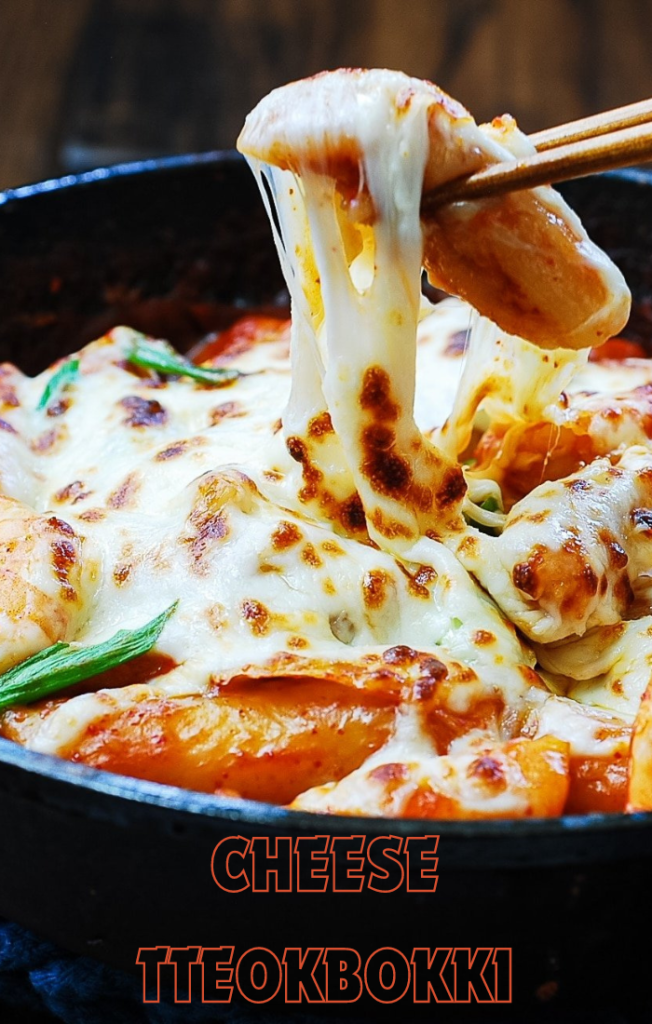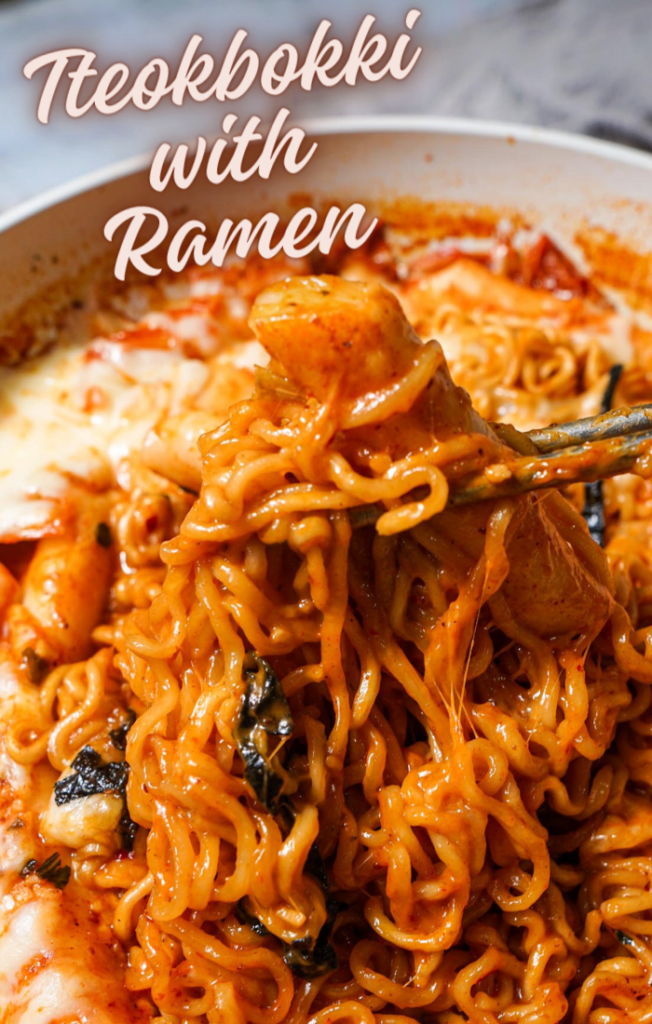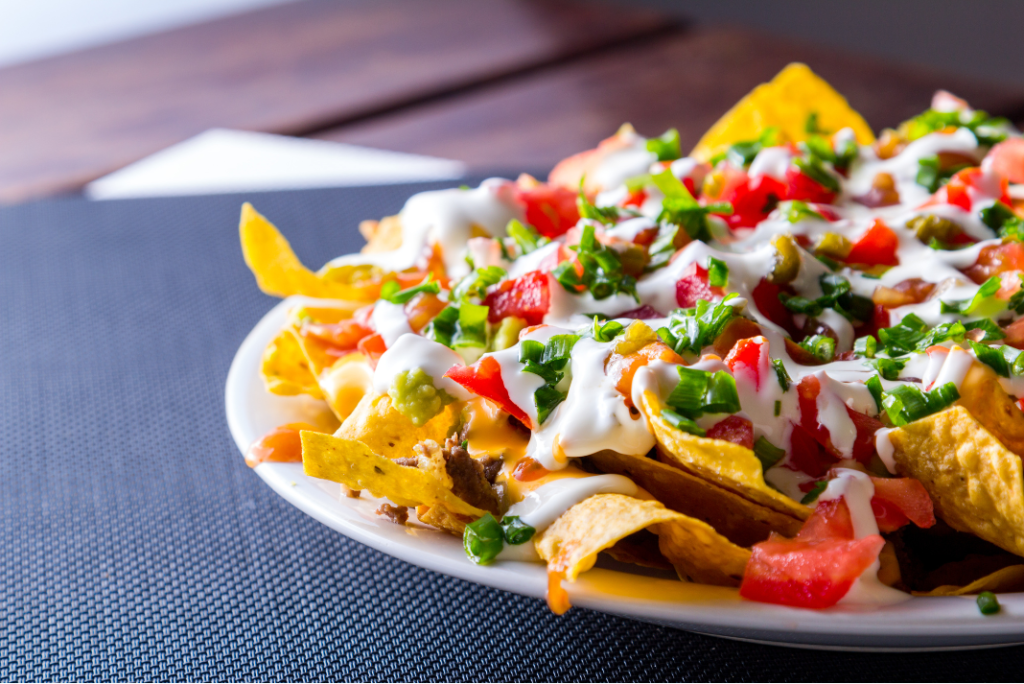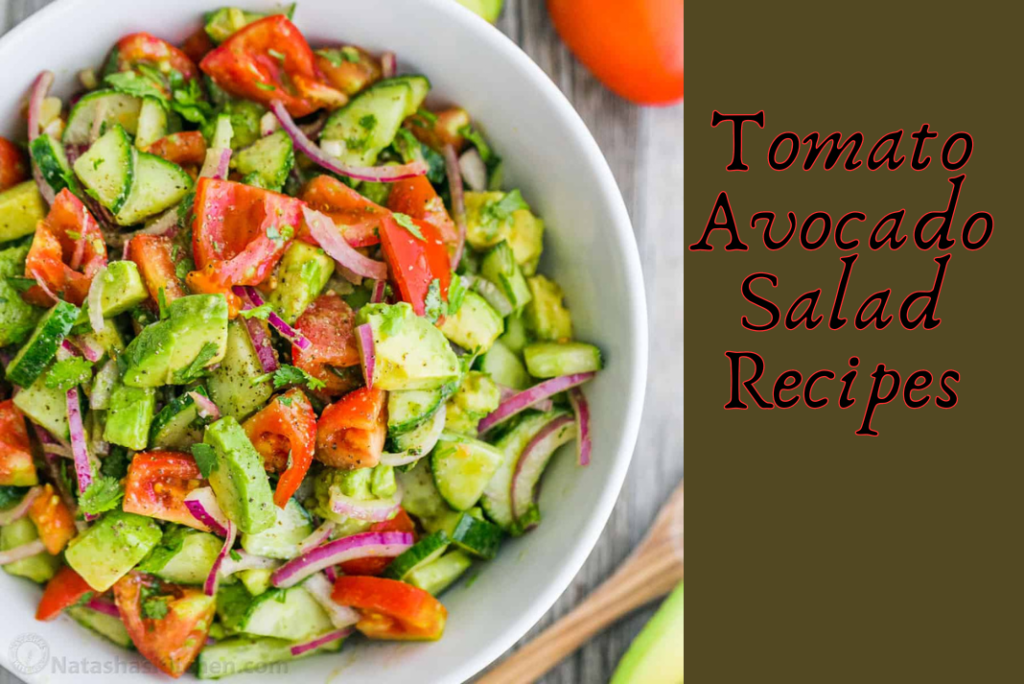Welcome to the savory international Korean cuisine, wherein each dish is a tasty adventure through records and lifestyle. In this culinary adventure, we delve into the coronary heart of Korean street food with a spotlight on Tteokbokki.
A liked dish that has become a staple in the Korean way of life, Tteokbokki‘s records are as wealthy and diverse as its flavors. Originating within the late Joseon Dynasty, this iconic dish has gone through numerous variations to come to be the mouthwatering pride it’s far these days. Tteokbokki, or simmered rice cake, is a popular Korean food made from small-sized garae-tteok called tteokmyeon or commonly tteokbokki-tteok.
Join us as we discover the roots of Korean food Tteokbokki Recipe and embark on a culinary journey to master the art of this vital Korean recipe.
Table of Contents
Ingredients
- 2 cups of Rice cakes
- 3 tablespoons of Gochujang (Korean red pepper paste)
- 1 cup of Fish cakes
- 2 cloves of Garlic
- 1 tablespoon of Soy sauce
- 1 tablespoon of Sugar
- Green onions (for garnish)
- Sesame seeds (for garnish, optional)
Equipment Needed
- Large pot or deep pan
- Wooden spoon or spatula for stirring
- Cutting board
- Knife
- Measuring cups and spoons
- Serving bowl or dish

Step-by-Step Cooking Instructions
Preparing the Rice Cakes:
Soak the rice cakes in water till they emerge as tender.
Drain the water and set apart the softened rice desserts for later use.
Making the Tteokbokki Sauce:
In a bowl, mix Gochujang (Korean purple pepper paste), minced garlic, soy sauce, and sugar.
Combine the elements very well to create a flavorful Tteokbokki sauce.
Cooking the Base:
Heat a huge pot or deep pan over medium warmness.
Add the Tteokbokki sauce to the pot and stir properly to create a rich base.
Allow the combination to simmer, letting the flavors meld.
Adding Rice Cakes and Fish Cakes:
Introduce the soaked rice desserts and fish cakes into the simmering sauce.
Stir gently to make sure the rice cakes and fish cakes are calmly coated with a flavorful sauce.
Adjusting Consistency:
If needed, alter the consistency of the sauce by way of including water or lowering it in addition based totally on private choice.
Continue simmering until the rice desserts acquire the desired tenderness.
Garnishing:
Once the Tteokbokki reaches the desired consistency, garnish with chopped green onions.
Optionally, sprinkle sesame seeds for a delivered layer of flavor and presentation.
Enjoy your homemade Tteokbokki, savoring the correct balance of highly spiced and candy flavors!
Tips for Perfect Tteokbokki
Consistent Stirring: While cooking, ensure to stir the Tteokbokki regularly to save you from sticking and ensure a fair coating of the sauce at the rice desserts and fish desserts.
Soaking Rice Cakes: Soak the rice cakes in water until they’re gentle for an extra fun and smooth texture within the final dish.
Experiment with Additions: Get innovative by way of including greater ingredients like boiled eggs, ramen noodles, or vegetables to customize the dish to your liking.
Simmering Time: Allow the Tteokbokki to simmer competently, ensuring that the rice cakes take in the flavors of the sauce and attain the preferred degree of softness.
Consistency Control: Adjust the consistency of the sauce by way of adding water if it becomes too thick or simmering longer if a thicker texture is preferred.
Fresh Garnishes: Use freshly chopped inexperienced onions and sesame seeds as garnishes for a burst of freshness and extra visible attraction.
Serve Hot: Tteokbokki is first-class and enjoyed warm, so serve straight away to experience the overall spectrum of its flavors and textures.
Reheating Tips: If reheating, add a bit of water to hold the sauce’s consistency and save you it from turning too thick.
Explore Dipping Sauces: Consider serving Tteokbokki with dipping sauces like mayonnaise or a tangy soy-primarily based sauce for added intensity of flavor.

Variations and Customization
Cheese Tteokbokki: Indulge in the irresistible combination of melted cheese, developing a creamy and gooey texture that complements the general richness of the dish.
Seafood Tteokbokki: Elevate the traditional recipe with the useful resource of adding a medley of seafood including shrimp, mussels, or squid, introducing a cute seafood twist to the loved Korean dish.
Spicy Fire Tteokbokki: For spice fans, crank up the warmth with greater Gochugaru (Korean pink pepper flakes) or fresh chili peppers, creating an intense and fiery version of Tteokbokki.
Carbonara Tteokbokki: Experience a fusion of flavors with a creamy carbonara twist. Incorporate a wealthy white sauce, bacon, and Parmesan cheese for a luscious and extravagant version.
Sweet and Tangy Tteokbokki: Achieve an excellent balance of sweetness and tanginess which includes honey or corn syrup to the sauce, creating a harmonious combo of flavors that enhances the spice.
Vegetarian Tteokbokki: Cater to vegetarian options by omitting fish desserts and incorporating tofu or an array of greens, supplying a satisfying meat-free possibility.
Soy Garlic Tteokbokki: Infuse a savory kick into your dish with soy garlic sauce, which includes a layer of umami that enhances the spice and enhances the overall intensity of taste.
These famous variations offer a diverse type of flavors, ensuring there is a Tteokbokki style to suit each palate.
Serving Suggestions
Side of Kimchi: Serve Tteokbokki with an aspect of conventional Korean kimchi, adding a tangy and spicy element that enhances the dish’s flavors.
Boiled Eggs: Enhance the meal by means of adding halved or complete boiled eggs as a topping, offering a protein-wealthy addition that pairs nicely with the spicy candy sauce.
Ramen Noodles: Elevate the experience by serving Tteokbokki with a side of on-the-spot ramen noodles, allowing them to absorb the delectable sauce for a fulfilling mixture of textures.
Fried Mandu (Dumplings): Pair Tteokbokki with crispy and savory fried mandu, developing a delightful assessment in textures and flavors.
Pickled Radishes (Danmuji): Include pickled radishes at the facet for a refreshing and slightly sweet element that balances the dish’s spiciness.
Korean Fish Cake Skewers: Skewer and grill Korean fish cakes one by one, serving them along Tteokbokki for a dynamic presentation and additional range in flavor.
Vegetable Tempura: Accompany Tteokbokki with a side of vegetable tempura, imparting a crunchy and flavorful comparison to the soft and chewy rice cakes.
Sliced Cucumber: Add a refreshing contact with thinly sliced cucumber, presenting a groovy and crisp detail that enhances the warmth of the Tteokbokki sauce.
Banchan (Korean Side Dishes): Serve a collection of conventional banchan, which includes pickled veggies or pro seaweed, to create a properly-rounded Korean dining revel.
Bowl of Steamed Rice: Enjoy Tteokbokki over a bed of steamed rice, permitting the rice to soak up the delicious sauce and provide a fulfilling and comforting meal.
These serving tips decorate the overall eating experience, presenting lots of textures and flavors that supplement the bold and spicy profile of Tteokbokki.

FAQs
Can I use gluten-unfastened rice desserts for Tteokbokki?
Yes, you can use gluten-loose rice cakes as an opportunity in Tteokbokki, making sure the dish is suitable for individuals with gluten sensitivity or those following a gluten-free food plan.
How spicy is Tteokbokki? Can I alter the spice level?
Tteokbokki is understood for its highly spiced profile, usually because of using Gochujang (Korean pink pepper paste). You can honestly modify the spice stage for your choice by varying the quantity of Gochujang or including purple pepper flakes for an additional kick.
What other Korean dishes complement Tteokbokki?
Tteokbokki pairs properly with diverse Korean dishes, including:
Kimchi: The tanginess of kimchi enhances the spiciness of Tteokbokki.
Japchae: The sweet and savory flavors of this stir-fried noodle dish are assessed properly with Tteokbokki.
Banchan (Side Dishes): Assorted banchan including pickled vegetables or seasoned seaweed provides a numerous eating experience.
Can I make Tteokbokki in advance and reheat it?
Yes, you could make Tteokbokki earlier and reheat it. However, be aware that the rice cakes may also continue to soak up the sauce, potentially softening over time. To hold gold standard texture, bear in mind reheating lightly and adding a piece of water to modify the sauce consistency.
Are there vegetarian or vegan alternatives for Tteokbokki?
Yes, you could prepare vegetarian or vegan Tteokbokki by means of omitting fish cakes and the usage of vegetable-based total broth or water inside the sauce. Additionally, incorporate tofu or lots of veggies to keep a wealthy taste profile without the inclusion of meat or animal merchandise.



